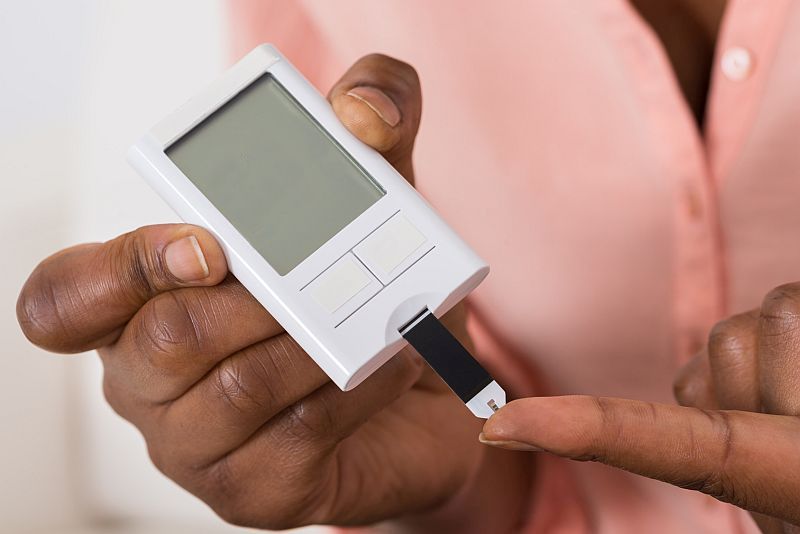Smoking While Pregnant Sends SIDS Risk Soaring

Smoking during pregnancy is never a good idea, but new research shows it might double the risk of a baby dying from sudden infant death syndrome(SIDS).
“Any maternal smoking during pregnancy — even just one cigarette a day — doubles the risk of sudden unexpected infant death [SID, another term for unexplained infant deaths],” said lead researcher Tatiana Anderson. She is a fellow at Seattle Children’s Research Institute, Center for Integrative Brain Research.
Doctors should strongly encourage women to give up smoking during pregnancy, or if they can’t quit, to smoke less, she said. Each cigarette smoked increases the risk of SIDS, Anderson added.
If women didn’t smoke during pregnancy, the rate of SIDS in the United States could be cut by 22 percent, preventing some 800 infant deaths a year, according to the new report published online March 11 in the journal Pediatrics.
Although 55 percent of the women in the study who smoked didn’t stop or cut back during pregnancy, those who did markedly reduced the risk of SIDS, Anderson said.
Specifically, women who cut down on their smoking by the third trimester reduced the risk of SIDS by 12 percent. Women who quit by the third trimester reduced the risk by 23 percent, the researchers found.
For the study, Anderson and her colleagues collected data on more than 19,000 SID cases. SID cases include sudden infant death syndrome and other unknown causes of death, as well as suffocation and strangulation in bed of infants under age 1.
It’s not just smoking, said Dr. Rahul Gupta, chief medical and health officer at the March of Dimes. But the more women smoke, the greater the risk for SID becomes, he said.
Women should stop smoking before pregnancy and certainly during pregnancy, Gupta advised.
Smoking during pregnancy can impair the baby’s brain development. In addition, women who smoke are depriving their baby of oxygen, as smoking decreases the amount of oxygen in the blood and, therefore, in the placenta, he explained.
“Smoking also causes preterm birth, decreases in development of the brain and respiratory system of the baby,” Gupta said. “Nicotine has also been linked with an important part of the development of the brainstem in the infant.”
Gupta explained that if an infant stops breathing during sleep, a mechanism in the brain senses the lack of oxygen and triggers breathing to start. This is called auto-resuscitation.
Nicotine, however, alters this response, he said. “That baby may not be able to auto-resuscitate, and as a result, we end up with sudden infant death syndrome,” Gupta said.
Because e-cigarettes are a nicotine delivery device, they are not a safe alternative to cigarettes, he added.
“Nicotine is in the vaping device, so all the impacts we are talking about are still harmful when nicotine is delivered, regardless of the device,” Gupta said. “Nicotine and babies do not match.”
In addition, flavorings and other ingredients in e-cigarettes may be harmful to developing babies, he noted.
“Quitting smoking is one of the most effective actions you can take to protect yourself and your baby,” Gupta said.
-People Start to Heal The Moment They Are Heard-
WordPress: https://healthandwellnessassociates.co/




